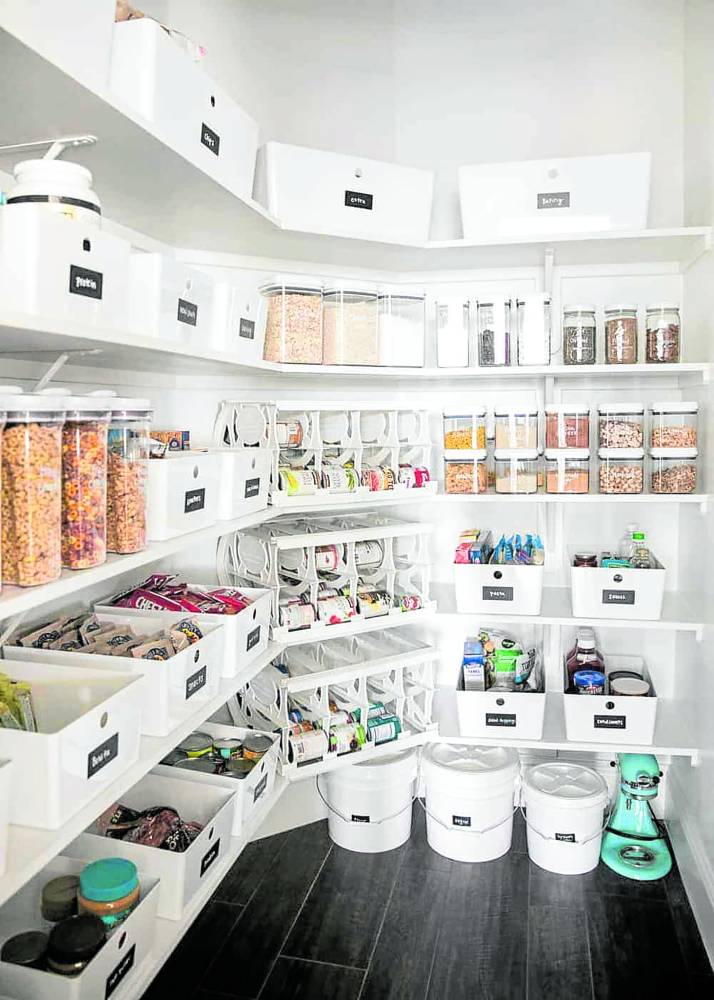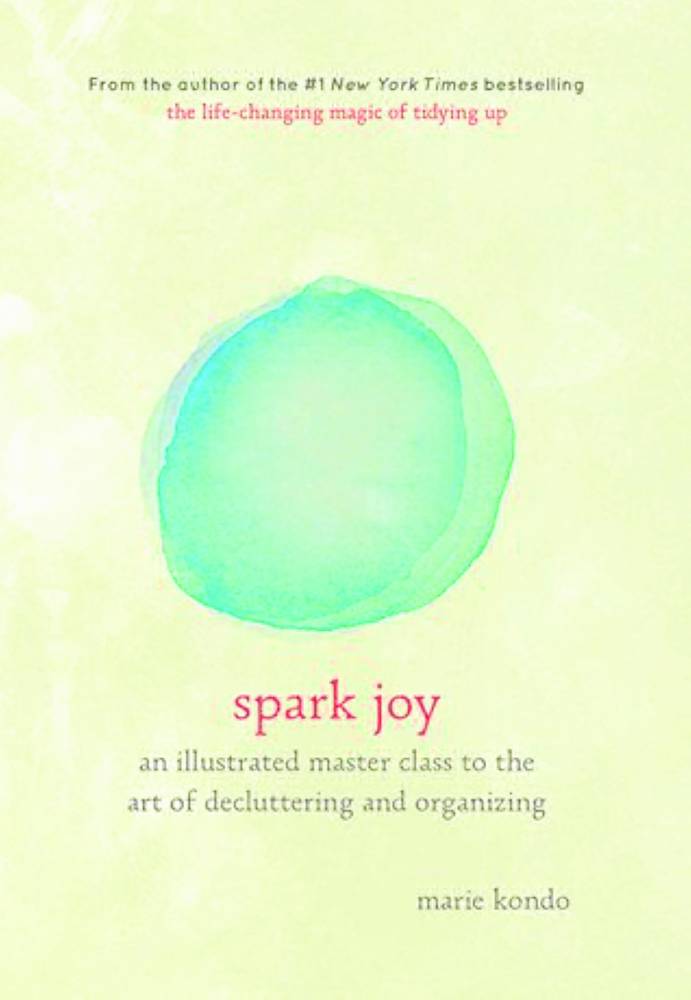The life-changing magic of finding joy

The Kondo method doesn’t really promote it, but I find that labelling solves half of your organizing problems. There is no excuse to not put things back in place. (electricallyvintage.com and iheartnaptime.net)
“Does it spark joy?“ It’s a phrase often seen in my Viber and WhatsApp group chats, a response to receiving the image of a prospective new acquisition—a dress, another kitchen gadget, or a painting launched in an art show.
At age 27, Marie Kondo launched her first book, “The Life-Changing Magic of Tidying Up”. After many years of working as a professional “organizer”, Kondo promoted decluttering and organizing personal spaces to produce joy and enhance well-being. Kondo has also written “Spark Joy”, “Joy at Work”, “Kiki & Jax”, and more recently “Kurashi at Home: How to Organize Your Space and Achieve Your Ideal Life”. She also has shows on Netflix.
Her Kon Mari method of decluttering is often misunderstood as minimalism. It is not.
Instead, it is a method that helps us discern which of our possessions matter. Its philosophy teaches us to harness the soul of the object, the energy it gives off, to make sure that everything we own influences us positively and promotes our well-being. This concept is a possible spin-off from the Japanese Shinto religion, which believes that supernatural entities called “kami” inhabit all things.
Many have jumped into the bandwagon of decluttering spaces with strict compliance to Kondo’s categories of tidying up, which goes by the order of clothing, books, papers, miscellaneous items and mementos, and then applying her rules to this process. First, you commit yourself to tidying up then visualizing your ideal lifestyle, followed by having to finish the discarding process before re-organizing things, and lastly, fully completing each category before moving on to the next.
Her method dictates that when deciding what to keep, you must always hold each item and ask yourself “does this spark joy?”. This “connects” you to the object and helps you determine its participation in your life.
“Identifying what sparks joy leads to a tidy home filled only with items you cherish. It’s also a path to self-discovery, mindful living and fulfillment,” Kondo had said.
But does the Kon Mari method work for everyone?
We keep our things for a variety of reasons. Some people derive real joy from their tangible belongings because they elicit positive sensory experiences. These can be visual. They can also be tactile. An appreciation for art for example, or a writer’s collection of books, or simply the attachment and pride to certain imagery like one’s collection of family photos, can “spark joy”.
Some people look at possessions as embodiments of their hard-earned money, accumulating “trophies” over time. They are symbols of victories. But other things are simply utilitarian. A hardworking kitchen for example, is going to have many practical tools, gadgets and implements—useful items that don’t necessarily have an emotional value.
Some, like mementos, can trigger nostalgia and sentimentality or allow us to grieve a loss. They may have created emotional attachments, but they don’t necessarily spark joy. Other things we accumulate can also give us a sense of security. They comfort us when our lives are thrown into turmoil and into radical change. Our belongings collectively ground us and provide stability, as we cling on to what is familiar while slowly transforming into a new future.
“Does it spark joy?” may not be the right question to ask. Perhaps the question should be “What purpose does this serve in my life?” or “What does this mean to me?” questions that can be used as the guiding principles when applying the Kon Mari method of decluttering.
Now a 38-year-old wife and mother of three, Mari Kondo has learned some valuable new ways of sparking joy. “Life’s too short to be tidy,” she said, spending more time in creating joyful moments with her family instead of de-cluttering.
Life is a continuous progression of changes, and as we transform, we let go of some possessions and we accumulate new ones.
Our environment moves along with us, and Mari Kondo is no exception. Her joy is now in experiencing the squealing and giggling of children among a mess of toys, piling clothes and a busy kitchen. For others, it’s in acquiring that new dress, or another gadget, or another painting.
At the end of the day, it’s all about finding and creating your own joy. The magic need not be life-changing uncluttering.

